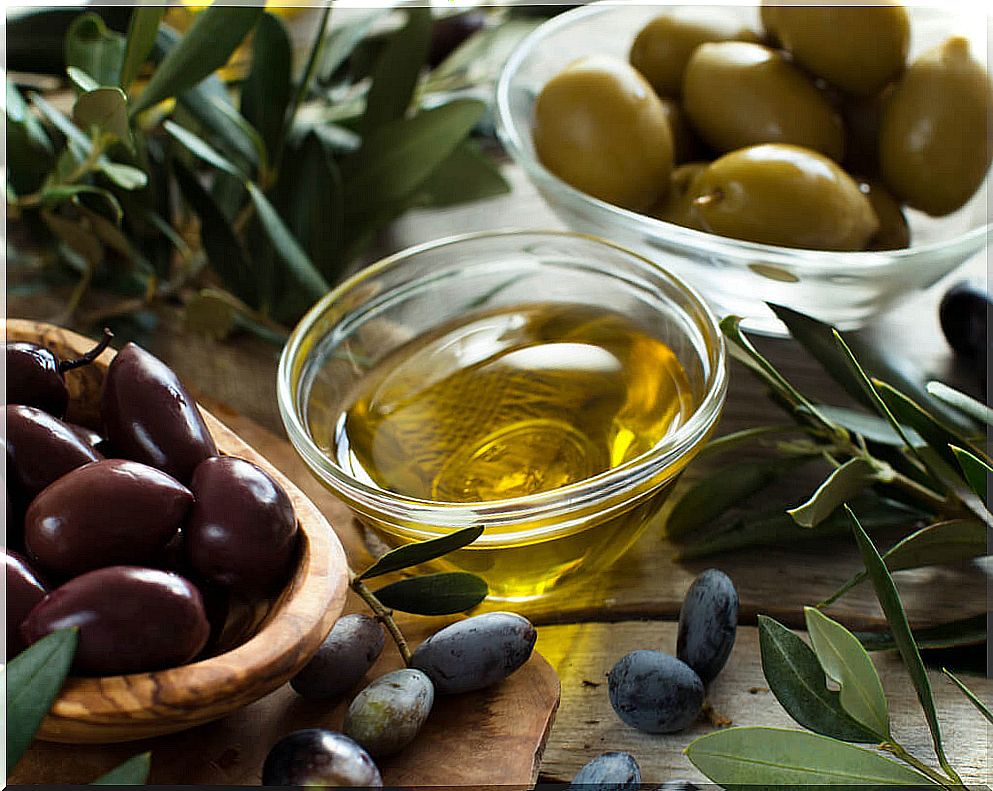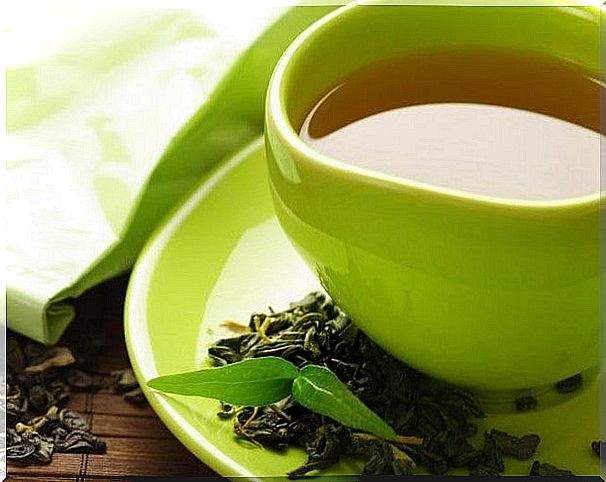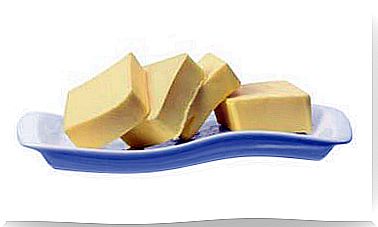3 Natural Soaps That You Can Make At Home
Natural soaps to make at home have gained popularity in recent years. Made with herbal extracts, essential oils, and vegetable and animal fats, they offer enormous health benefits.
Depending on the ingredients used, the properties of soaps vary. For example, some have the ability to be great stimulants, while others, on the contrary, are relaxing.
Benefits of natural soaps
The biggest difference between natural soaps to make at home and industrialized ones lies in the manufacturing process. Many synthetic ingredients are added to artificial ones, like most cosmetics.
However, this does not happen when we create them with natural ingredients. Next, we detail the benefits of natural soaps compared to those of industry:
- They contain glycerin. Glycerin, a very beneficial element for our skin and hair, is extracted from synthetic soaps. In this way, we lose its virtuous qualities.
- They do not contain chemicals. Generally, these are added to produce more lather and to give the soaps a scent. However, they are also the cause of allergies and skin irritations.
- We can create them according to our needs. Indeed, depending on the skin problem or what we are looking for with a soap, we can add the ingredients that serve us for these purposes. There is a great variety with therapeutic properties.
- We ensure the use of quality elements, while protecting the environment by discouraging pollution produced by factories.
Natural soaps to make at home
1. Acne soap

When looking for effective acne-fighting ingredients, you should pick one of these:
- Clay.
- Thyme.
- Turmeric.
- Bio sulfur.
- Rosehip.
In this case, we will describe how to make thyme acne soap.
Ingredients
- Colorant.
- Dried thyme
- Thermometer.
- Olive oil.
- Caustic soda.
- Coconut oil.
- Rectangular mold.
- Soap cutter.
- Demineralized water.
- Almonds oil.
- Thyme essential oil.
- Gloves, goggles and protective mask.
Preparation
- First, mix the water and soda in a sturdy container. This combination reaches very high temperatures. Therefore, stir always avoiding splashing; it is preferable to cover the skin when doing so.
- Next, heat the oils in a saucepan, up to approximately 40 ° C.
- Afterwards, mix the two preparations when they are around 40 ° C – 50 ° C. First you have to add the oils, then the bleach – the water and the soda – and beat with a mixer for a few minutes.
- Then add the thyme oil and the food coloring. The latter is actually optional.
- Later, take it to the mold and decorate it with thyme. Cover it until it dries; this can take between one and three days.
- Finally. unmold, cut and store for a month or 40 days to saponify.
2. Olive oil soap

Did you know that olive oil can also be used to make soaps? These help to maintain the balance between the emulsion of water and lipids that make up the skin. In this way, its defenses are maintained against pathogenic microorganisms from the external environment.
Ingredients
- 1 liter of virgin olive oil.
- 300 milliliters of water (1 and 1/2 glasses)
- 125 grams of caustic soda (1/2 cup).
Preparation
- First, add the caustic soda little by little to the water and stir, as in the first point of the previous soap. Again, it is recommended to be careful with the high temperature of this mixture so as not to burn yourself.
- Then heat the oil in a saucepan until it has a similar temperature — not too high — to that of the other mixture.
- Then combine both preparations very carefully and stirring constantly. Preferably, it should be beaten with a mixer.
- Then keep over low heat and stir for approximately 30 minutes. When it reaches a more solid consistency, turn off the heat.
- Continue stirring even with the heat off until it reaches a texture similar to a puree. At that time, include aromatic herbs or essential oils that we want to add.
- Finally, place it in molds. When it solidifies, extract it and let it saponify.
3. Natural green tea soap

In addition to having a host of health benefits, green tea can be used to create natural soaps. What are its properties? It is moisturizing and rich in antioxidants.
Ingredients
- 450 grams of coconut oil (3 and 1/2 cups).
- 80 grams of olive oil (8 tablespoons).
- 300 grams of shea butter (2 and 1/2 cups).
- 125 grams of caustic soda (1/2 cup).
- 320 milliliters of demineralized water (1 and 1/2 glasses).
- 30 grams of tea or camellia oil (3 tablespoons).
- 10 grams of green tea powder (1 tablespoon).
- Aromatic essence of green tea (to taste).
- Mold.
Preparation
- First, as in the previous soaps, pour the soda over the water and stir.
- Then, while the previous mixture loses temperature, melt the shea butter and coconut oil in a saucepan. When it is almost undone, add the olive oil and turn off the heat.
- Next, weigh 30 grams of green tea oil and 10 grams of powdered green tea to add to the mixture. These will be used last.
- Then, pour the oil into a large container and combine with the water and soda when they both reach a medium temperature. Beat gently using a mixer.
- Then, when it has a puree-like texture, add the green tea and green tea oil while continuing to beat. Also add the aromatic essence to taste.
- Later, go to the mold and sprinkle powdered green tea on top. Let dry for 24 hours and remove from the mold.
- Finally, cut into tablets and leave to saponify for 4 weeks.
As a final recommendation, it is necessary to clarify that the workplace must have ample ventilation. This is because acid combinations can have harmful effects if they are not dispersed quickly. Also, do not forget to wear gloves and take maximum care when heating the products.









